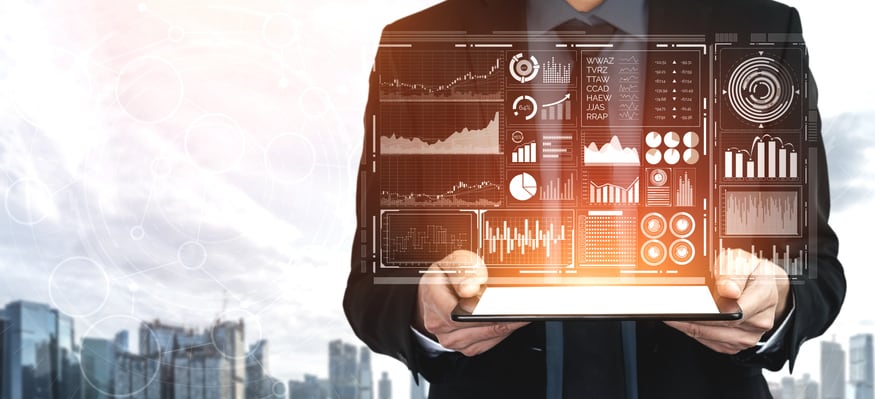Walton told a panel discussion at the City Food Lecture that adapting to big data was the most urgent change food manufactures need to make to adapt to the future for online retail, and he highlighted the need to leverage big data, predictive analysis and artificial intelligence in the FMCG space.
“Finally, we have the means to use the data to create value,” he said. Artificial intelligence, he explained, has a huge role to play in extracting value from the data as it can be used for is predictive analytics.
“Until quite recently, understanding shopper loyalty was about asking what shoppers did,” said Walton. “But now we have the means to find out what shoppers will do. Might they abandon us, might they go to another retailer, or switch brands? And when you understand that you can actually sort of head them off and keep them within your part of the market.”
He added: “Make sure you have the skills and technology to use the data.”
Despite the growth being witnessed in the online sector, Walton believes food shopping in large grocery stores still has ‘a long way to run’.
“There are an awful lot of food transactions that are still picked in store and achieving in profitability within store picking is extremely difficult,” he observed. “From a retailers’ point of view, it’s much more cost effectible to have the shopper come to you. As the coronavirus threat starts to dissipate people will come back to the stores and big retailers will have to work hard to make them feel welcome and safe and make them feel like they are getting value from the time they’re putting into that.”
He added that new technology was allowing consumers opportunities to validate and authenticate food products in a way they previously couldn’t.
“What we’ve seen in the last few years is that technology has entered that space between shoppers and the retailers and suppliers that they deal with but that doesn’t let shoppers off the hook for the consequences of the decisions that they make and it doesn’t let businesses off the hook either.
“One of the great opportunities that we have is to use technology to help shoppers interrogate the food supply chain and actually find out where the food is coming from and who is accountable for it. A really good example would be the app that Starbucks is offering in the US where you can scan your packet of ground coffee and find out exactly where it comes from and meet the people involved in the supply chain in a virtual way.”
Technology is also coming to the rescue with regards to food waste, he observed.
“Technology will allow us to make better predictions and better forecasts but where the waste exists it also gives us a chance to create value from it and waste valorisation.”
The Mexican company BioPhase, which turns avocado stones into bioplastatics which are completely sustainable and biodegradable, is one example of this trend.
“This is an area we will see much more investment in the future,” he predicted.




